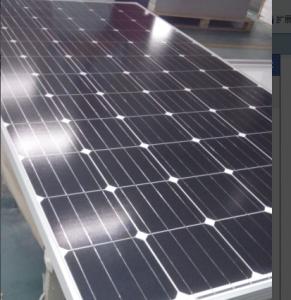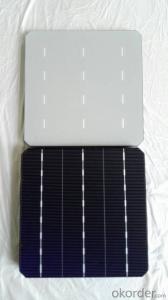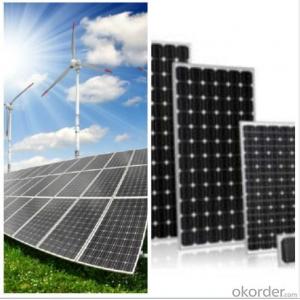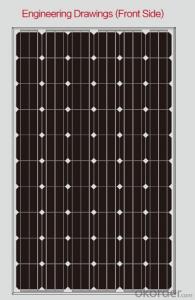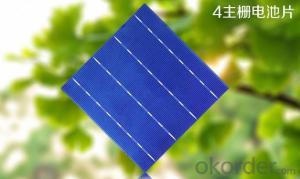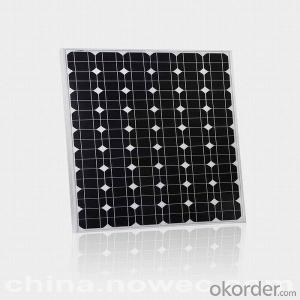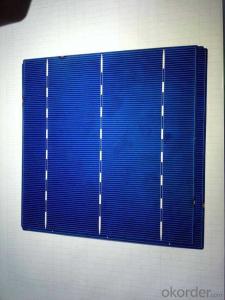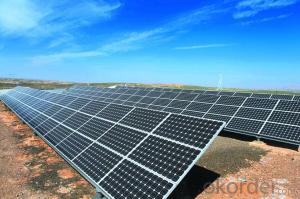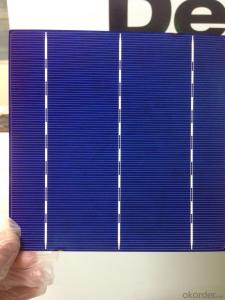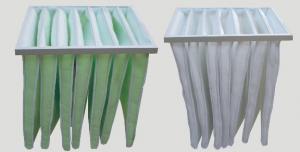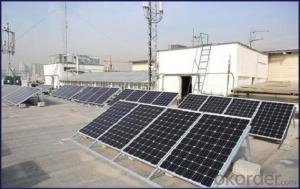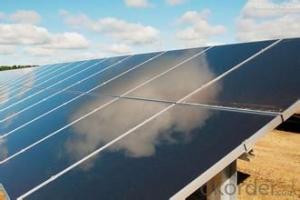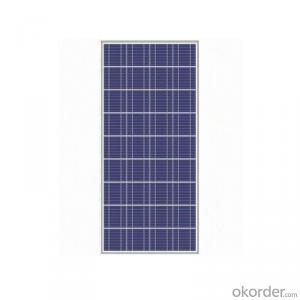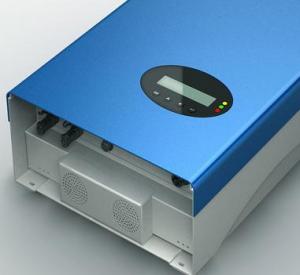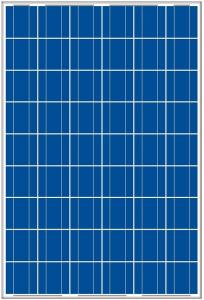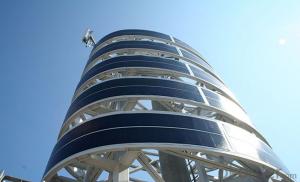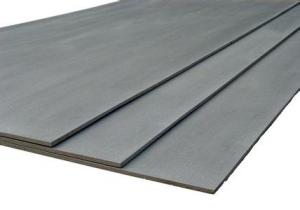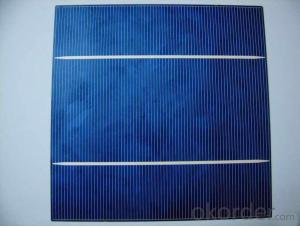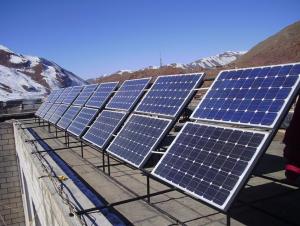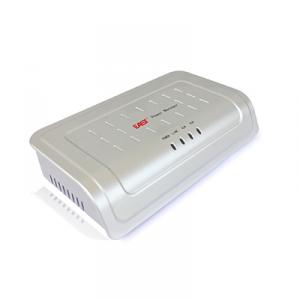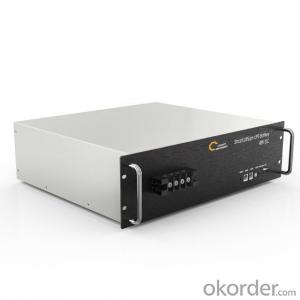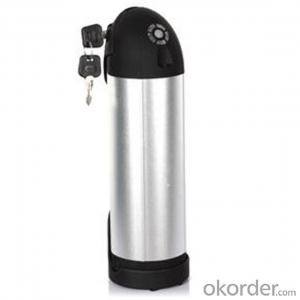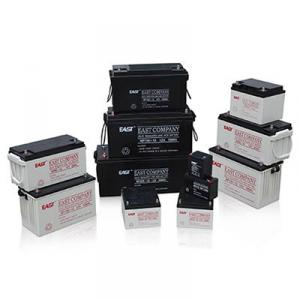High Efficiency Solar Cells
High Efficiency Solar Cells Related Searches
Highest Efficiency Solar Cells High Performance Solar Cells High Power Solar Cells High Output Solar Cells High Temperature Solar Cells High Wattage Solar Cells High Voltage Solar Cells High Quality Solar Cells High Efficiency Solar Inverter Hot Solar Cells Highly Transparent Solar Cells Photovoltaic Solar Cells Large Solar Cells Efficiency Of Solar Cells Solar Energy Cells Electric Solar Cells Free Solar Cells Bulk Solar Cells Organic Solar Cells Flexible Solar Cells Full Spectrum Solar Cells Low Cost Solar Cells Affordable Solar Cells Commercial Solar Cells 1st Generation Solar Cells Compact Solar Cells Lightweight Solar Cells High Frequency Solar Inverter Heterojunction Solar Cells Foldable Solar CellsHigh Efficiency Solar Cells Supplier & Manufacturer from China
High Efficiency Solar Cells are advanced photovoltaic products that harness sunlight and convert it into electricity with remarkable efficiency. These solar cells are designed with cutting-edge technology to maximize energy generation, making them ideal for various applications such as residential rooftops, commercial buildings, and large-scale solar power plants. Their high performance and reliability have made them a popular choice among consumers and businesses alike, as they contribute to reducing energy costs and promoting sustainable energy solutions.The usage scenarios for High Efficiency Solar Cells are vast and diverse, ranging from powering individual homes to supporting the energy needs of entire communities. They can be integrated into various systems, such as grid-tied solar installations, off-grid solar setups, and hybrid solar-storage configurations. These solar cells are also suitable for use in remote areas where access to traditional power sources is limited, providing a clean and reliable source of electricity. Their adaptability and efficiency make them a valuable asset in the ongoing transition towards renewable energy.
Okorder.com is a leading wholesale supplier of High Efficiency Solar Cells, offering a comprehensive inventory that caters to the diverse needs of customers worldwide. With a strong commitment to quality and customer satisfaction, Okorder.com ensures that each solar cell meets the highest industry standards. Their extensive stock allows for quick and efficient fulfillment of orders, making them a reliable partner for businesses and individuals seeking to invest in high-performance solar technology. By partnering with Okorder.com, customers can benefit from competitive pricing, fast shipping, and exceptional customer service, all while gaining access to the latest advancements in solar energy solutions.
Hot Products

